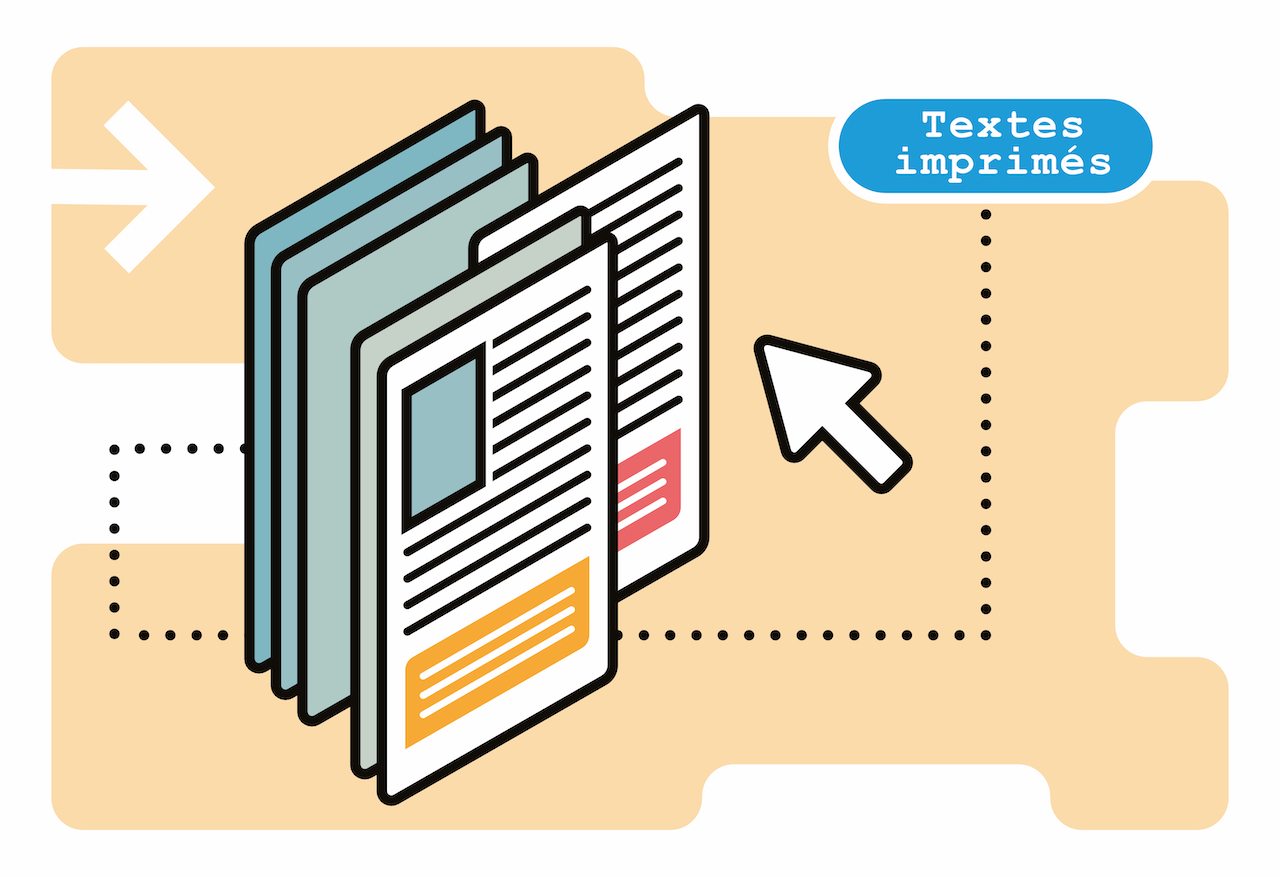Fiche du document
2022
- ISIDORE Id: 10670/1.8df02a...
- doi: 10.31468/dwr.913
Ce document est lié à :
Discourse and Writing/Rédactologie ; vol. 32 (2022)
©, 2022MichaelKaler, JonathanVroom, ChristophRichter
Mots-clés
Training Feedback TAs Sentence level issues Science ScaffoldedSujets proches
Classroom assistants Teacher aides Teaching assistants Assistants, Teachers' Aides, Teachers' School assistants Paraprofessionals in education Teachers' aides Assistant teachers Paraeducators Instructional assistants Education assistants School life Students--Education Pupils Student life and customsCiter ce document
Michael Kaler et al., « Drawing on Readerly Intuition in Sentence Level Feedback », Discourse and Writing/Rédactologie, ID : 10.31468/dwr.913
Métriques
Partage / Export
Résumé
In this paper, we discuss our research into the use of sentence-level feedback at one stage in a scaffolded assignment in a large second year science course. The assignment involved submitting a lab report in three stages: Introduction, Results & Discussion, and then a final submission of all the parts in revised form. At the start of the term, teaching assistants and students were provided with a list (with explanations and examples) of 10 common sentence level issues; for the results and discussion submissions, teaching assistants were required as part of their feedback to identify at least one of these issues in each student’s writing. This section was selected due to it being the penultimate stage: it was hoped that feedback here would be applied to the students’ final submission. We analyzed the feedback and the response to feedback in 62 randomly chosen samples of student writing from the course (circa 16% of the class in total). We examined the issues from the list that teaching assistants preferred to give feedback on, the sorts of feedback that students were most likely to act on, and the success of student revisions arising from the various forms of feedback. We found that teaching assistants preferred to give feedback on issues related to what we would describe as more intuitive, readerly aspects of sentence-level writing (such as awkward phrasing), rather than on technical grammatical issues (such as clarity of antecedents for pronouns); this former sort of feedback also led to the most revisions, and the most successful revisions, on the students’ parts. Accordingly, we argue that focusing on this more intuitive approach might be a fruitful strategy for teaching assistant training, since it would both play to their preferences and to student preferences.
